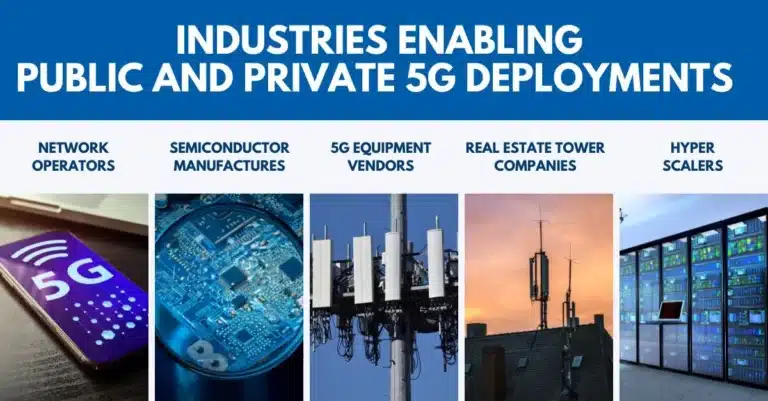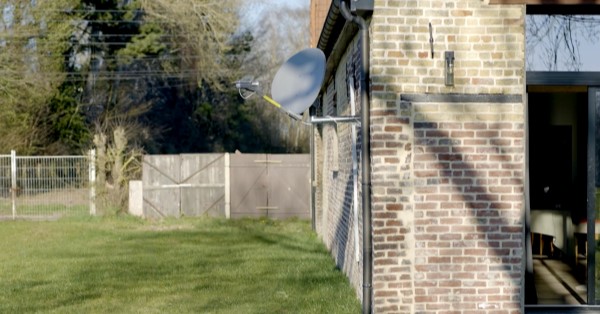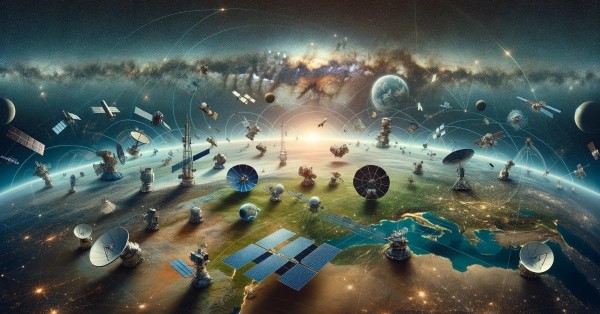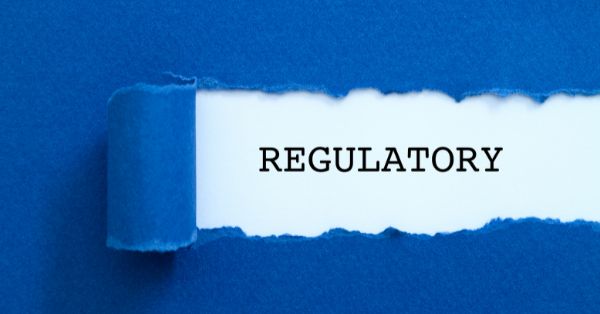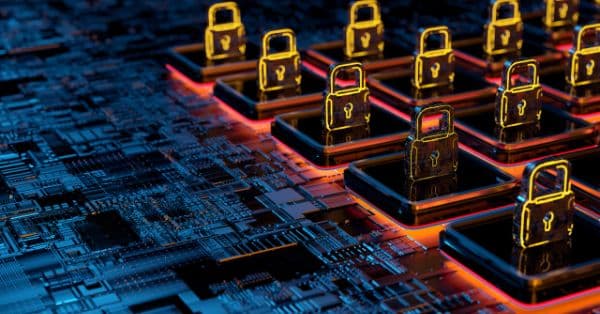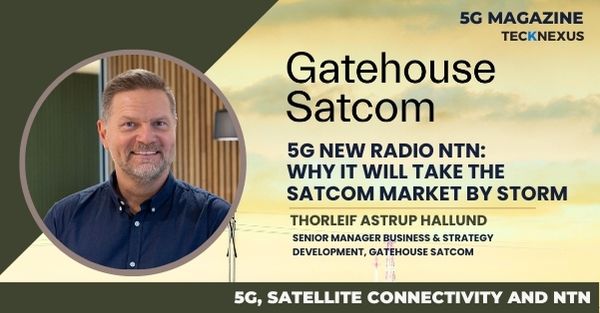Yes, there are standards for non-terrestrial networks. These standards are developed by organizations such as the International Telecommunications Union (ITU), the International Organization for Standardization (ISO), and the International Electrotechnical Commission (IEC).
The ITU, which is a specialized agency of the United Nations, is responsible for developing international standards for telecommunications and satellite communication. It coordinates the allocation of the radio frequency spectrum and satellite orbits, and it publishes standards for satellite communications, such as the ITU Radio Regulations and the ITU-R series of Recommendations.
The ISO and IEC, which are international standards organizations, develop standards for a wide range of technologies, including satellite communication. ISO and IEC have a joint technical committee, ISO/IEC JTC 1, Information technology, that has developed a number of international standards for satellite communication, including broadband satellite standards, e.g., the DVB-S2 and the DVB-S2X.
In addition to these international organizations, there are also industry-specific standards organizations, such as the European Telecommunications Standards Institute (ETSI) and the TIA (Telecommunications Industry Association) in North America, that develop standards for specific industries or technologies.
Standards are important for non-terrestrial networks because they ensure that the networks are compatible with other systems and that they can be easily integrated with existing infrastructure. Standards also help ensure that the networks are secure and reliable and provide the performance and functionality that users require.
Overall, several international, regional, and industry-specific standards organizations establish and maintain various standards for non-terrestrial networks. It allows these networks to be more interoperable and compatible, thus promoting better and wider adoption of the technology.

















